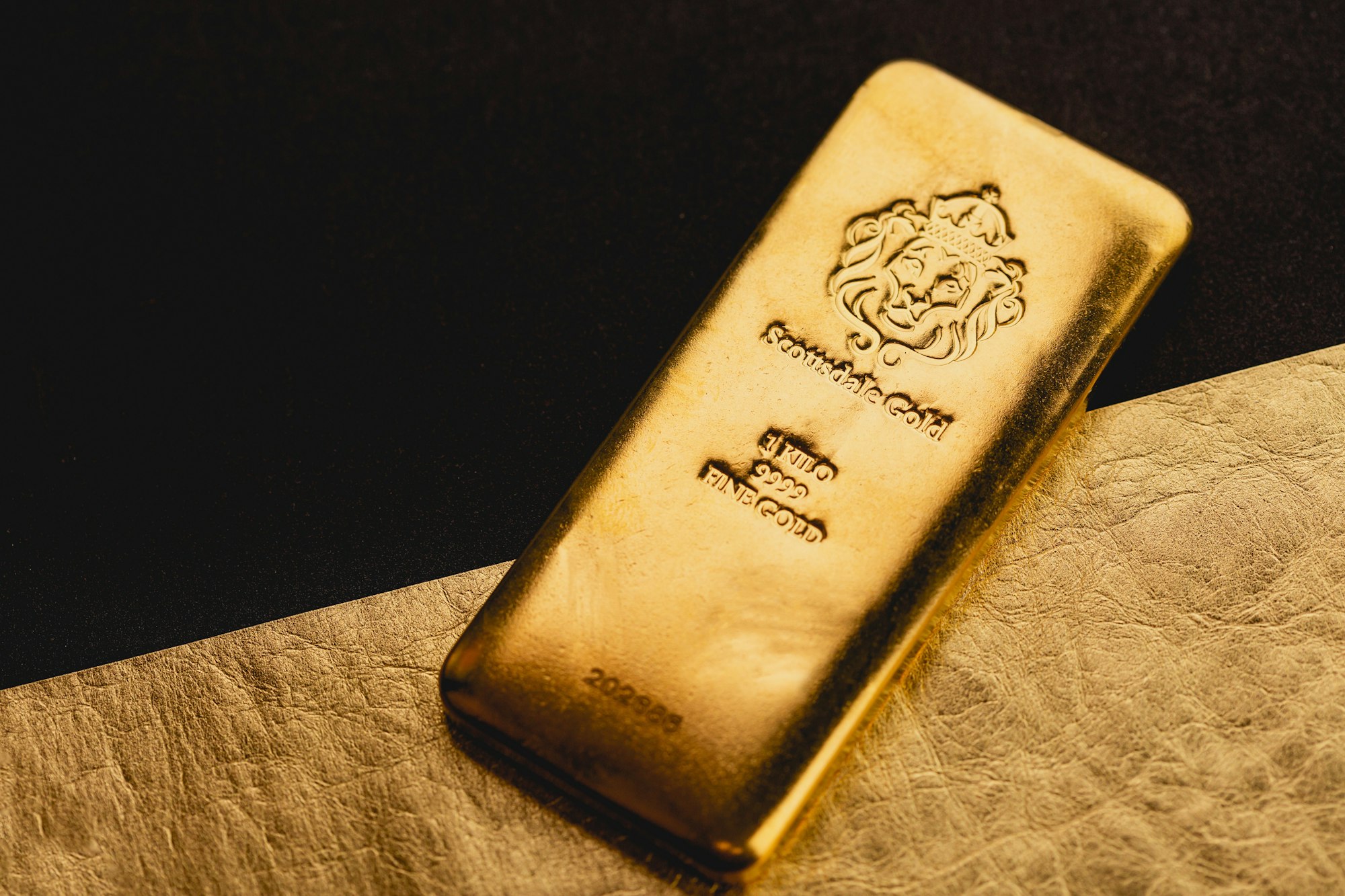Gold Reserves Surge: Is China Rewriting the Rules of Global Finance
The surge in central bank purchases of gold is a notable trend, as many countries aim to reduce their reliance on the US dollar. Amid high inflation, gold reserves offer a way for banks to diversify and move away from the dollar.

China has been steadily increasing its gold reserves over the past few months, with purchases made in March, April, May, and June of 2023. In April, the country acquired 8.09 tons of gold, and in May, it added 16 tons, bringing its total gold holdings to 2,092 tons.
The surge in central bank purchases of gold is a notable trend, as many countries aim to reduce their reliance on the US dollar. Amid high inflation, gold reserves offer a way for banks to diversify and move away from the dollar.

Visit World Future for more foreign news and regional Asean stories
China's gold-buying spree
Some experts speculate that China's gold-buying spree is part of a broader strategy to displace the US dollar with the petroyuan. This move could potentially challenge the US dollar's dominance as the world's primary reserve currency, which could have far-reaching implications for global gold markets and the geopolitical landscape.
The reasons behind China's recent increase in gold reserves can be attributed to several factors. Firstly, it is a part of the country's larger effort to diversify its foreign currency reserves and decrease dependence on the US dollar. Additionally, the economic uncertainty triggered by the COVID-19 pandemic and geopolitical tensions has pushed many nations to consider gold as a safe-haven asset. Furthermore, China's pursuit of de-dollarization through the petroyuan could be a contributing factor to its gold-buying spree.
China's domestic economy's recovery and healthy income growth have also fueled domestic consumption, and the favorable performance of gold prices has sparked investment interest in the precious metal.
It's important to note that the United States holds the largest gold reserve globally, with over 8,000 metric tons, more than twice the gold reserves of Germany, which ranks second on the list. The top ten countries with the largest gold reserves in 2023 are as follows:
Top Gold Reserves by Country
- United States - 8,133 metric tons
- Germany - 3,355 metric tons
- Italy - 2,452 metric tons
- France - 2,436 metric tons
- Russia - 2,298 metric tons
- China - 2,092 metric tons
- Switzerland - 1,040 metric tons
- Japan - 765 metric tons
- India - 695 metric tons
- Netherlands - 612 metric tons
These rankings have remained relatively stable over the past few years.
Countries acquire and maintain their gold reserves through various methods, including mining, purchases on the open market or from other countries, repatriation, storage in secure vaults (both domestically and abroad), and occasional audits. China, for example, relies on domestic mining to increase its gold reserves, given its status as the world's largest gold producer.
Some countries, like Germany, have chosen to repatriate a significant portion of their gold reserves from foreign nations to their own vaults. The location of gold reserves can be a sensitive issue for some countries, with security concerns playing a role in their decisions.
Independent Audits
The lack of independent audits of central bank gold reserves has raised questions about the accuracy of reported holdings in some cases. However, certain countries have allowed independent audits to enhance transparency and bolster confidence in their gold reserves.
Overall, countries adopt a combination of methods to acquire and store their gold reserves, depending on their specific economic and political circumstances. By increasing its gold reserves, China seeks to achieve a more diversified and robust foreign currency reserve, while also potentially challenging the dominance of the US dollar in the global financial system. The long-term implications of these efforts remain uncertain and present practical questions for the future.
